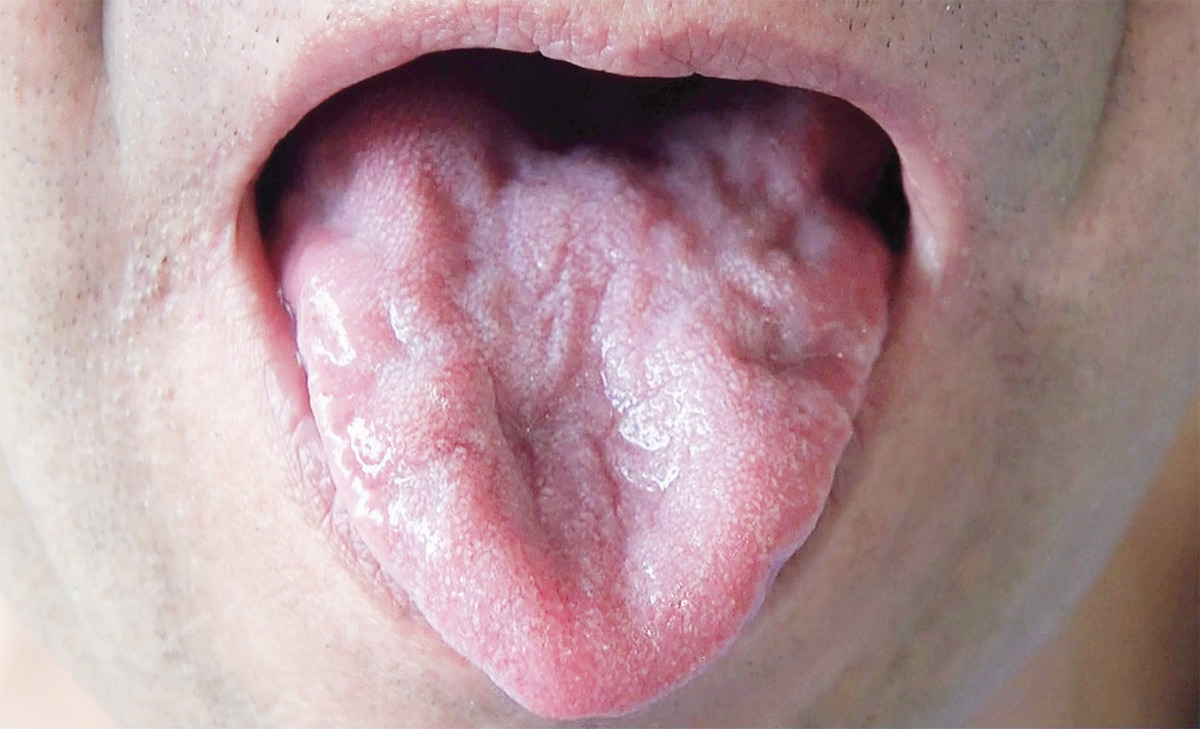
Macrogyria pseudobulbar palsy is a rare neurological condition that affects brain development and muscle control. This disorder combines two main features: macrogyria, which involves abnormal brain folds, and pseudobulbar palsy, characterized by difficulty controlling facial muscles. Understanding this condition can be challenging due to its complexity and rarity. However, knowing key facts can help demystify it. In this post, we'll explore 25 essential facts about macrogyria pseudobulbar palsy, shedding light on its causes, symptoms, and potential treatments. Whether you're a student, caregiver, or just curious, these insights will provide a clearer picture of this unique medical condition.
Key Takeaways:
- Macrogyria Pseudobulbar Palsy is a rare neurological disorder affecting brain development and muscle control, leading to speech, swallowing, and emotional expression difficulties.
- Early diagnosis and a combination of therapies can help improve the quality of life for individuals living with Macrogyria Pseudobulbar Palsy.
What is Macrogyria Pseudobulbar Palsy?
Macrogyria pseudobulbar palsy is a rare neurological disorder. It affects brain development and muscle control. Here are some intriguing facts about this condition.
- Macrogyria refers to the abnormal development of the brain's cerebral cortex, characterized by unusually large folds or gyri.
- Pseudobulbar palsy involves difficulty controlling facial muscles, leading to issues with speech, swallowing, and emotional expression.
- This condition is often present from birth, indicating a congenital origin.
- It is considered a type of cerebral palsy, specifically affecting the brain's motor functions.
- The exact cause remains unknown, though genetic factors are suspected.
Symptoms of Macrogyria Pseudobulbar Palsy
Understanding the symptoms can help in early diagnosis and management. Here are some common signs to look out for.
- Speech difficulties are common, often resulting in slurred or slow speech.
- Swallowing problems can lead to choking or aspiration, requiring careful monitoring during meals.
- Emotional lability means patients may laugh or cry uncontrollably without a clear reason.
- Muscle weakness in the face and throat affects daily activities like eating and speaking.
- Developmental delays are often observed, particularly in motor skills and coordination.
Diagnosis and Testing
Accurate diagnosis is crucial for effective treatment. Here are some methods used to diagnose macrogyria pseudobulbar palsy.
- MRI scans can reveal the abnormal brain structure associated with macrogyria.
- Genetic testing may be conducted to identify potential hereditary factors.
- Neurological exams assess muscle strength, reflexes, and coordination.
- Speech and language evaluations help determine the extent of speech and swallowing difficulties.
- Developmental assessments track milestones and identify delays in motor skills.
Treatment Options
While there is no cure, various treatments can improve quality of life. Here are some common approaches.
- Physical therapy helps improve muscle strength and coordination.
- Speech therapy focuses on enhancing communication skills and swallowing safety.
- Occupational therapy assists with daily activities and fine motor skills.
- Medications may be prescribed to manage symptoms like muscle stiffness or emotional lability.
- Nutritional support ensures patients receive adequate nutrition despite swallowing difficulties.
Living with Macrogyria Pseudobulbar Palsy
Daily life can be challenging, but support and adaptations can make a big difference. Here are some tips for managing the condition.
- Assistive devices like communication boards or speech-generating devices can aid in communication.
- Support groups provide emotional support and practical advice for families and patients.
- Regular medical check-ups are essential to monitor health and adjust treatments as needed.
- Educational support helps children with developmental delays succeed in school.
- Adaptive equipment like specialized utensils or seating can improve independence in daily activities.
Understanding Macrogyria Pseudobulbar Palsy
Macrogyria Pseudobulbar Palsy is a rare neurological condition that affects brain development and muscle control. Macrogyria refers to the abnormal development of the brain's cortex, leading to fewer and broader folds. Pseudobulbar palsy impacts the ability to control facial muscles, causing difficulties with speech, chewing, and swallowing.
Early diagnosis and intervention are crucial for managing symptoms and improving quality of life. Treatments often include physical therapy, speech therapy, and medications to manage muscle stiffness and other symptoms.
Raising awareness about this condition can help those affected receive the support and resources they need. Understanding the challenges faced by individuals with Macrogyria Pseudobulbar Palsy fosters empathy and encourages research for better treatments.
By learning more about this condition, we can contribute to a more inclusive and supportive community for everyone.
Frequently Asked Questions
Was this page helpful?
Our commitment to delivering trustworthy and engaging content is at the heart of what we do. Each fact on our site is contributed by real users like you, bringing a wealth of diverse insights and information. To ensure the highest standards of accuracy and reliability, our dedicated editors meticulously review each submission. This process guarantees that the facts we share are not only fascinating but also credible. Trust in our commitment to quality and authenticity as you explore and learn with us.
